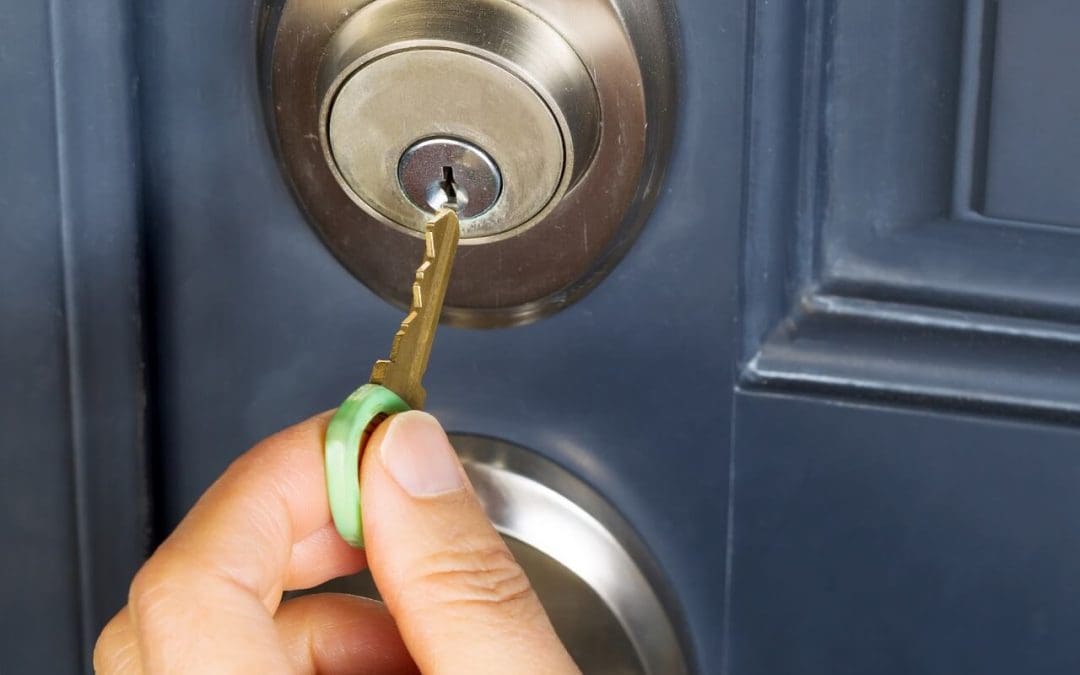When it comes to energy efficiency, homeowners often focus on insulation, windows, and HVAC systems. However, your doors are crucial in maintaining a comfortable indoor environment and reducing energy costs. Investing in energy-efficient doors can improve your home’s insulation, reduce drafts, and lower your energy bills.
The Importance of Energy-Efficient Doors
Energy-efficient doors minimize heat transfer, keeping your home warmer in the winter and cooler in the summer. Traditional doors, especially older models, can allow drafts and heat to escape, leading to higher energy consumption. Modern doors use advanced materials and construction techniques to provide superior insulation, which can make a noticeable difference in your home’s overall energy performance.
Materials Matter
The material of your door greatly influences its energy efficiency. Steel, fiberglass, and wood are common materials used in exterior doors, each with its own benefits.
- Fiberglass Doors: Fiberglass is an excellent choice for energy efficiency. These doors are highly durable and can be insulated with a foam core, providing a strong barrier against heat transfer. They also resist warping and can be designed to mimic the appearance of wood, offering aesthetic appeal without compromising performance.
- Steel Doors: Steel doors are also highly energy-efficient, particularly when they have an insulated core. They are strong, durable, and offer excellent security. However, depending on the weather, they can become hot or cold to the touch, so proper insulation is key.
- Wood Doors: Wood doors offer a classic look and can be quite energy-efficient, especially with the right insulation and weatherstripping. However, wood requires more maintenance to prevent warping and rot, which can impact its energy efficiency over time.
Features to Look For Energy-Efficient Doors
When selecting an energy-efficient door, there are several key features to consider.
- Insulation: Look for doors with a high R-value, which indicates better insulation properties. Often made of polyurethane, foam cores are a common feature in energy-efficient doors and can significantly enhance their insulating capabilities.
- Weatherstripping: Quality weatherstripping prevents air leaks around the door frame. Ensure that the door you choose has effective weatherstripping to keep drafts at bay.
- Low-E Glass: Opt for low-emissivity (Low-E) glass if your door includes glass panels. This type of glass is coated to reduce heat transfer, helping to maintain your home’s internal temperature.
- Energy Star Certification: Energy Star-certified doors have been tested and proven to meet strict energy efficiency guidelines. Choosing a door with this certification ensures you’re making an energy-conscious decision.
Installation: The Key to Maximizing Efficiency
Even the most energy-efficient door will underperform if it’s not installed correctly. Proper installation ensures the door seals tightly and functions as intended. It’s advisable to hire a professional installer who can guarantee a precise fit, reducing the risk of air leaks and thermal bridging.
During installation, it’s also an excellent time to assess the condition of your door frame. A warped or damaged frame can undermine the efficiency of even the best door, so repairs or replacements may be necessary.
The Long-Term Benefits of Energy-Efficient Doors
Investing in energy-efficient doors is an intelligent decision that pays off in the long run. They enhance the comfort of your home by reducing drafts and maintaining consistent temperatures, leading to significant savings on energy bills. Over time, reducing heating and cooling costs can offset the initial investment in the door.
Moreover, energy-efficient doors can increase your home’s resale value. Potential buyers often prioritize energy efficiency when searching for a home, and having modern, efficient doors can make your property more appealing.
Upgrading to energy-efficient doors is a practical and effective way to improve your home’s insulation and reduce energy costs. By choosing the right materials and features and ensuring proper installation, you can enjoy a more comfortable living environment while contributing to a greener future. Whether you’re replacing old doors or building a new home, consider the long-term benefits of energy efficiency as you make your choice.
FAQs
Can energy-efficient doors help with noise reduction?
Yes, energy-efficient doors can also offer soundproofing benefits. The insulation and quality construction that makes a door energy-efficient can also reduce the amount of noise that enters your home from the outside.
How do I know if my current doors need to be replaced?
Signs that your doors may need replacement include noticeable drafts, difficulty opening or closing, visible damage, and high energy bills. If you feel cold air coming through the door in winter or your home struggles to stay cool in the summer, it may be time to upgrade to an energy-efficient model.
Can I install an energy-efficient door myself, or should I hire a professional?
While DIY installation is possible, hiring a professional is recommended to ensure the door is installed correctly. Proper installation is crucial for maximizing the door’s energy efficiency, as even a small misalignment can lead to drafts and reduce the door’s effectiveness.
Is it worth replacing all my doors with energy-efficient models at once?
If your budget allows, replacing all exterior doors at once can provide the most immediate and noticeable improvement in energy efficiency. However, if you need to prioritize, start with doors that face the harshest weather conditions or are most frequently used.
360 Home Inspections provides inspection services to Northern New Jersey. If you’re buying or selling a home, contact us to request an appointment.

